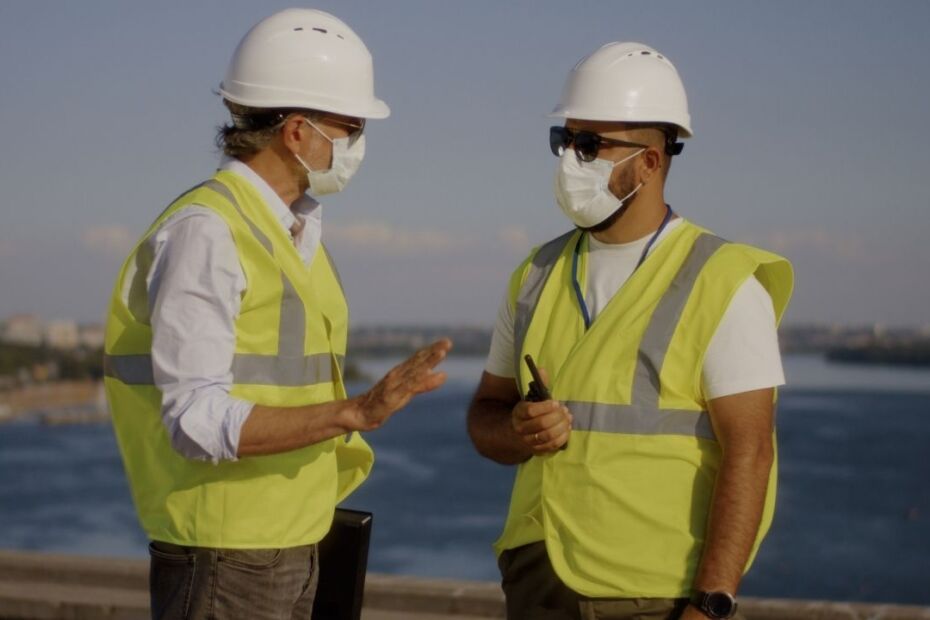Construction sites can be dangerous places, both in overt and subtle ways. Due to their danger, it’s necessary to know some critical safety tips construction contractors should know. With this knowledge, you can prevent yourself and your coworkers from exposing themselves to everyday dangers. Know what you can do for yourself and others before stepping onto a construction site.
Proper Lifting Techniques
Among the most common ways contractors injure themselves is through improper lifting techniques. It’s not that most people don’t know how to lift safely, lifting with the legs and not the back, but that it’s often faster and more convenient to do it with the back.
Make it a point to drive home how damaging improper lifting can be on the back and joints, leading to bodily issues at an early age. Try to correct behavior and foster an environment where everyone takes their bodily health seriously.
Adequate Training for Heavy Machinery
Contracting work can require a wide range of different projects, each job involving its own specialized equipment. This special equipment can vary from small hand tools to large machinery. It’s often more convenient to rent heavy gear, but this also raises the issue of adequate training when handling heavy-duty equipment.
Never work or assign anyone to work with gear that they have little familiarity with. It can be hard to keep track of who’s trained in what, but improper handling can lead to dangerous and even fatal consequences.
Be Aware of Tripping Hazards
Tripping is the most common injury contractors can sustain on a jobsite, and it’s an accident that can vary wildly in severity. Whether it’s tripping off an elevation from two stories up or just falling over onto the ground directly underneath you, either scenario runs the risk of serious bodily injury.
Tripping can occur with substantial clutter around a worksite, and it can also happen due to a loss of traction, such as slipping on spilled liquids. Always ensure that work areas are clear of debris and that workers have non-slip boots.
Keep Workers Safe
Protecting workers, whether that means providing them the right training or proper safety equipment, takes priority. Ensure everyone walks onto the job knowing what their role is, the site’s conditions, and the equipment in use.
